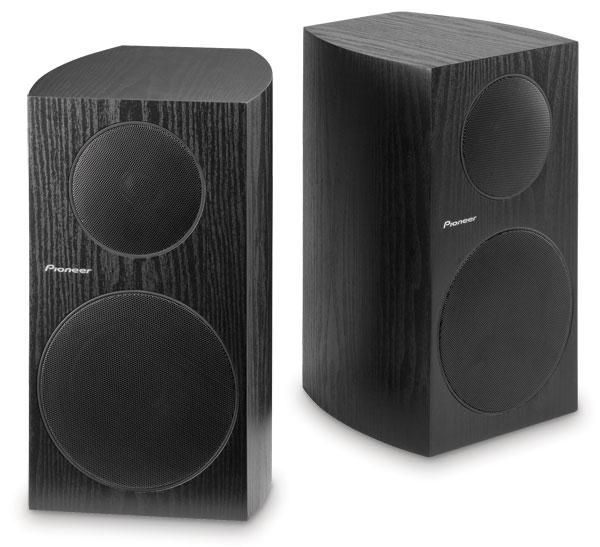| Columns Retired Columns & Blogs |
I have begun speaker shopping for a modest 2 channel setup (will be moving my current AVR to the living room and updating my HT with a new AVR) and, frankly, was considering speakers quite a bit more expensive than these Pioneers until I came across several references and reviews to them by reputable people. While I am not opposed to standmount speakers (I have 5 of them in my HT), I was considering exploring floorstanders. Given the glowing review of the standmounts here, I wonder (knowing full well they have not been reviewed) if it is a reasonable assumption to expect the FL51 versions of this speaker line to basically sound like the BS41s under review but with more low frequency extension. This line does not appear available at any local stores for me to give them even a casual listen, so any insight you might have would be appreciated.
Thank you.







































